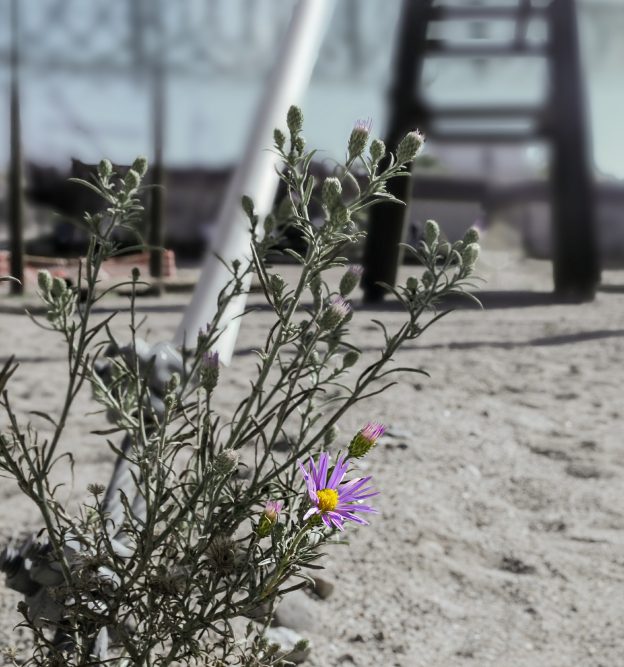
DRISP and The Research Unit in the Child & Adolescent Mental Health Center have received a grant from The Novo Nordisk Foundation to test the school initiative Youth Aware of Mental Health (YAM) in Danish schools.
The project is a cross-sectoral collaboration between the Social and Healthcare Sectors to investigate whether insight and knowledge about mental health vulnerability and self-harm can be prevented among students in 9th grade in Danish schools.
The YAM intervention is a 5-week evidence-based program that encourages young people to learn about mental health well-being, encountering role play and discussions on topics related to their everyday mental health. The intervention is manual-based and will be facilitated by trained YAM Instructors.
Several schools have already expressed their interest in the project, which will be conducted as a cluster randomized feasibility study in 8-10 schools across the country. The aim is to investigate whether the intervention can be implemented in Danish schools on a larger scale.
We are looking very much forward to getting started.
Drisp: Britt Morthorst






